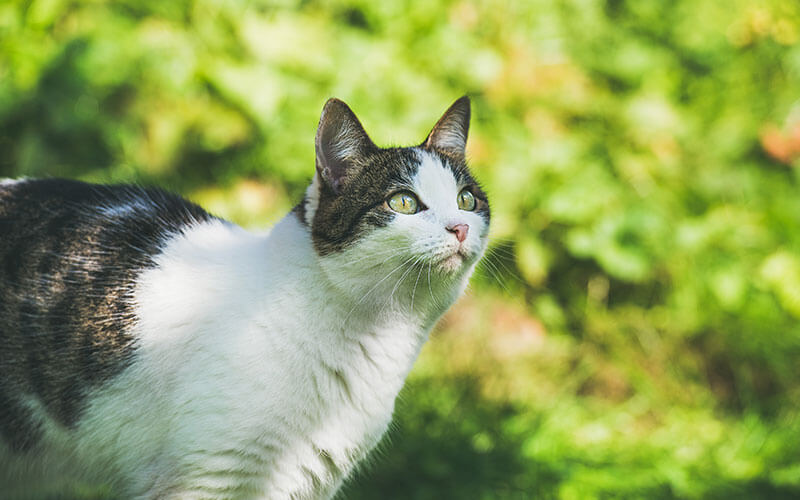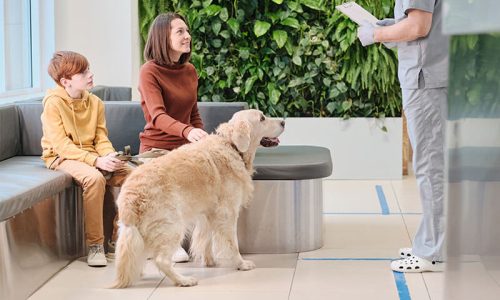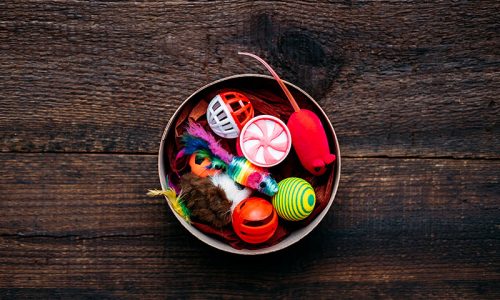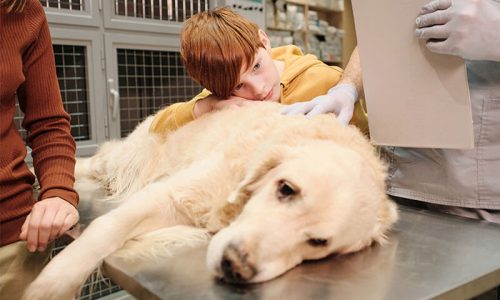
Pet-Friendly Garden Design
- Pet Care
- June 9, 2024
Nothing beats a sunny day spent lounging in a beautiful garden with your favorite furry companion. But gardens can be a bit tricky, as specific plant and flower species can pose a significant risk to your pet’s health. Here are some helpful tips to ensure that you can create a pet-friendly garden that your four-footed companion will love.
Pet-Safe Plants
Choosing plants and ferns that are pet-safe can be as simple as a quick Google search, but here are a few types of pet-safe plants to get you started. Cats and dogs alike may enjoy chewing on or even eating some plant species, so double-check for safety!
- Areca Palm
- Bird’s Nest Fern
- Baby Rubber plant
- Barberton Daisy
- Calatheas
- Cast Iron Plant
- Christmas Cactus
- Echeveria
- Friendship Plant
- Haworthia
- Orchids
- Prayer Plant
- Parlor Palm
- Ponytail Palm
- Polka Dot Plant
- Spider Plant
- Sword Fern
- Swedish Ivy Staghorn Fern
Pet-Safe Flowers
Nary a garden is complete without some beautiful flowers! Here are some pet-safe flowers to add those pops of color in the spring!
- Camelia
- Dill
- Marigolds
- Fuchsias
- Magnolia
- Purple Basil
- Creeping Thyme
- Sunflowers
- Rosemary
- Coral Bells
- Pineapple Sage
- Fennel
- Snapdragons
- Nasturtium
- Roses
- Pansies
- Petunias
- Zinnias
- Gerbera Daisies
Landscaping For Your Pet’s Comfort
Catering your landscaping design for your pet’s needs and comfort can help ensure minimal destruction and maximum enjoyment for you and your pet! Here are some considerations for cats and dogs.
Dogs
Dogs tend to be territorial. Be sure to leave space between your planters and the border wall of your garden. By leaving space, you allow your dog the opportunity to patrol their territory without having your flowers trampled on. Create a shady place in the garden for your dog to lounge during hot summer days. If your dog is a digger, create a sandpit so that they won’t practice their digging skills in your flower beds. Be mindful of the materials you use in your garden. Avoid sharp landscaping rocks, heat-retaining surfaces, and small pebbles. Choose pet-safe mulches, smooth stones, and soft grasses instead. Create a doggy potty area to save your grass and flowers from the high nitrogen content in dog urine. Layer some sand and larger pebbles or mulch in a tucked-away corner of the yard and spend a few weeks training them to relieve themselves in this area only. Don’t forget to give praise and treats when they go in the designated spot!
Cats
Cats love adventure and need plenty of play space to keep them occupied and in your yard. You can use logs of varying heights to create an obstacle course for them to jump on or place staggered ledges along the outer walls of your home. Be sure to give your feline friend a perch to rest in the shade, as well as one in the sun so they can view their territory in comfort. Use plenty of grass and pet-friendly mulch to create soft landings for your cat when they dismount from higher ledges. Cats love to stalk and explore, so make plenty of winding pathways in your flower beds. Don’t forget to plant plenty of catnip and other feline favorites!



